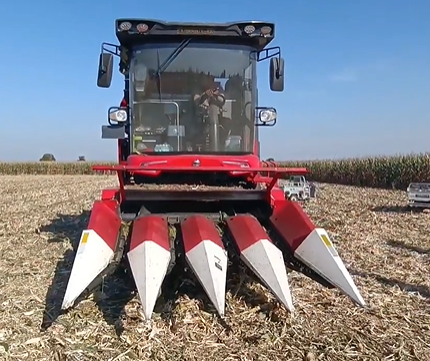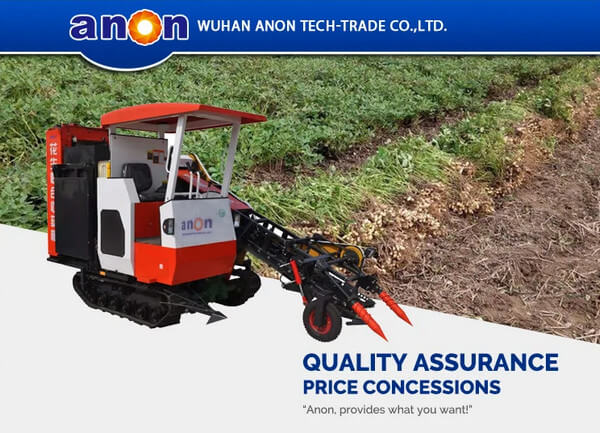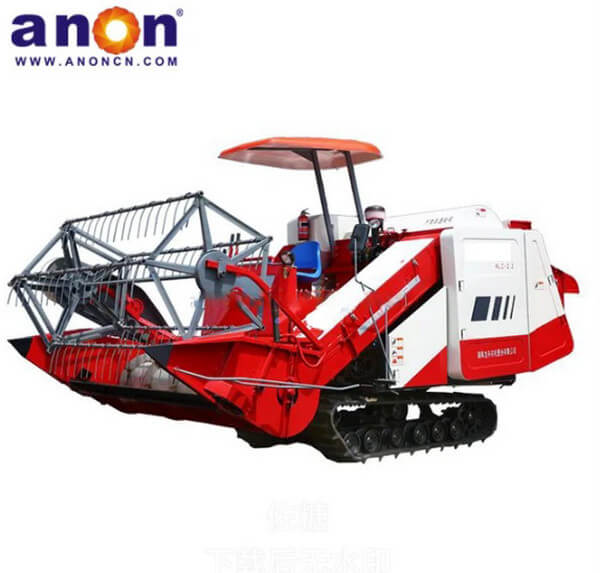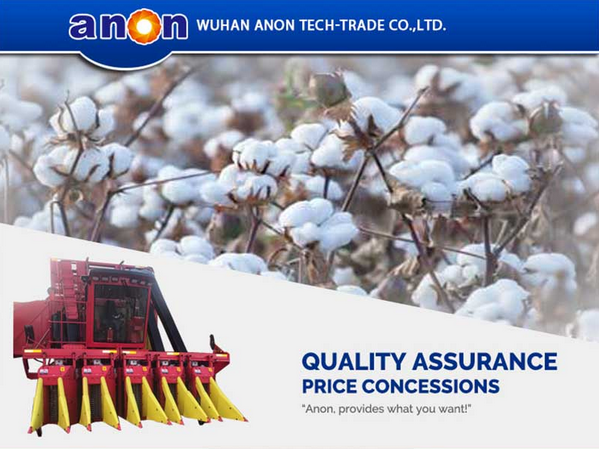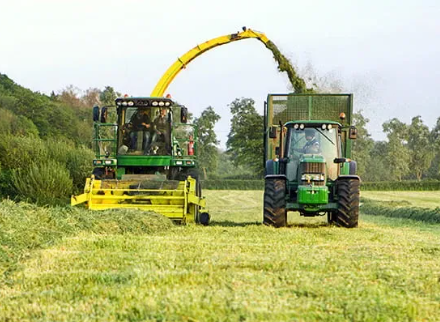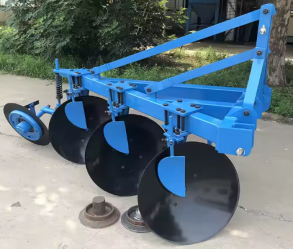Introduction
More and more farmers are using combine harvesters in their lands. Do you know why? One of the reasons combines are so useful is that they combine three main farming functions into one. These functions are harvesting, threshing, and winnowing. If you are now interested in this machine, keep reading, I will introduce the functions of the combine harvester in detail!
The Main Parts of a Combine Harvester
First of all, you need to know what the important parts of the combine harvester are; Only in this way can we have a clearer understanding of the main functions of the harvester.
The combine harvester is made up of 21 parts, but it has 6 main parts that operate autonomously to keep the machine running smoothly.
They are a header, a feeder, a thresher, a separator, a cleaning fan, and a straw chopper.
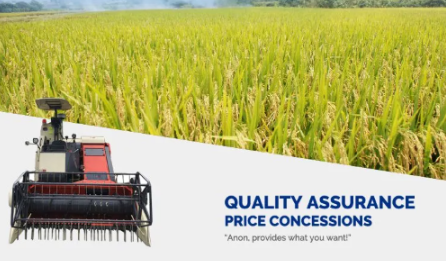
How Does a Combine Harvester Work?
The combine harvester feeds the crop into the thresher, and the thresher separates the kernels of the crop from the stalk. Finally, the combine harvester feeds the kernels into a cleaning machine.
The cleaning machine removes the impurities in the kernels and then conveys the kernels to the collection box.
Three Functions of the combine harvester
No matter what combine harvester agricultural machinery brand you choose, you will first consider the functional performance of the product itself. One of the reasons combines are so useful is that they combine three main farming functions into one. These functions are harvesting, threshing, and winnowing.
Harvesting

Mature crops (wheat, rice, soybeans, rapeseed, etc.) are harvested from the field via a harvesting platform. The harvesting platform acts as the “hands” and “arms” of the machine, collecting the crops from the field and feeding them into the machine. The crops are neatly cut and continuously and evenly conveyed to the threshing system, minimizing losses and preparing for subsequent threshing.
The harvesting platform is the entire harvesting platform located at the front of the machine. It includes a reel, cutter, screw conveyor, and bridge conveyor.
Reel: A toothed rotating wheel. Its function is to guide the crop towards the cutter, support the crop during cutting, and smoothly lay the cut crop onto the conveyor.
Cutter: Located at the bottom of the harvesting platform, it consists of power-driven moving and fixed blades, resembling a giant pair of scissors, responsible for cutting the crop stalks.
Screw Conveyor: Located inside the harvesting platform, it is a rotating shaft with helical blades. It gathers the harvested crops from both sides to the center and pulls them upwards via telescopic claws at the end, feeding them into the bridge conveyor. Bridge conveyor: A channel connecting the harvesting table and the threshing unit, typically consisting of a scraper chain, responsible for vertically conveying the crop upwards to the threshing system.
Threshing
This is a crucial step in separating grains from straw and husks, and also a key step in separating grains from the ear of grain. The harvested crop enters the threshing machine, where components such as the drums and concave screens utilize impact, friction, and combing mechanisms to separate the grains from the ear or husk, maximizing the number of grains threshed from the ear while avoiding excessive crushing of grains or pulverizing of straw.
The threshing drum is a high-speed rotating cylinder and is the core component of the threshing operation. We offer different threshing drums depending on the crop. Ribbed drums primarily utilize friction for threshing and are suitable for easily threshed crops such as wheat. Toothed drums have a stronger impact force and are suitable for difficult-to-thresh or fragile crops such as rice and soybeans.
The concave screen is a mesh-like screen that wraps around the lower half of the drum. It maintains a certain gap with the drum, together forming the threshing device. The threshing process is completed within this gap; the threshed grains and small impurities fall through the mesh openings, while long stalks (straw) are thrown backward by the drum.
Winnowing
A fan and a cleaning sieve separate the grains from impurities such as husks, straw fragments, and dust, resulting in relatively clean grains. The cleaned grains are then lifted into a grain bin, while the remaining impurities are discharged or spread in the field.
The cleaning sieve is a reciprocating sieve bed. It typically consists of an upper sieve (husk sieve) and a lower sieve (grain sieve). The sieve apertures are adjustable, and vibration separates the grains from larger impurities (such as short straw). The grains pass through the sieve apertures, while the impurities are discharged from the machine through the sieve surface.
A fan located below or in front of the cleaning sieve generates a controlled airflow. This airflow blows lighter impurities such as husks and leaf fragments out of the machine, while heavier grains fall, thus achieving air separation.
There is an important separation stage between threshing and cleaning, mainly completed by the straw separator. It is a key type of sieve box that swings back and forth, responsible for receiving long straw thrown out from the threshing cylinder, separating the grains captured during the shaking process from the unthreshed ears, allowing them to fall into the cleaning system, and finally discharging the straw with almost no grains from the machine.
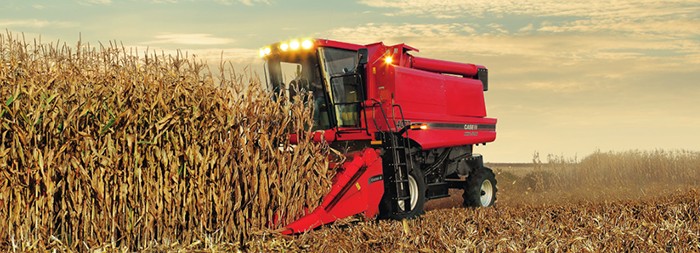
Conclusion
Our ANON includes rice and wheat combine harvesters, corn combine harvesters, highland barley combine harvesters, and cotton combine harvesters; Sugarcane combines, half-feed combines, and full-feed combines. Agricultural products that support harvesting include peanuts, wheat, sugar cane, peppers, potatoes, corn, cotton, rice, etc. For more agricultural machinery products, you can also log in to the official website and leave a message. We will serve you and communicate with you as soon as possible.
FAQ
What are the three types of combine harvesters?
What are the different types of combine harvesters? There are three types of combine harvesters, each capable of performing three types of grain and chaff separation: with shakers (also known as straw walkers), with rotors, and hybrid. The choice you make depends on the specifications of your harvesting area and your goals.


